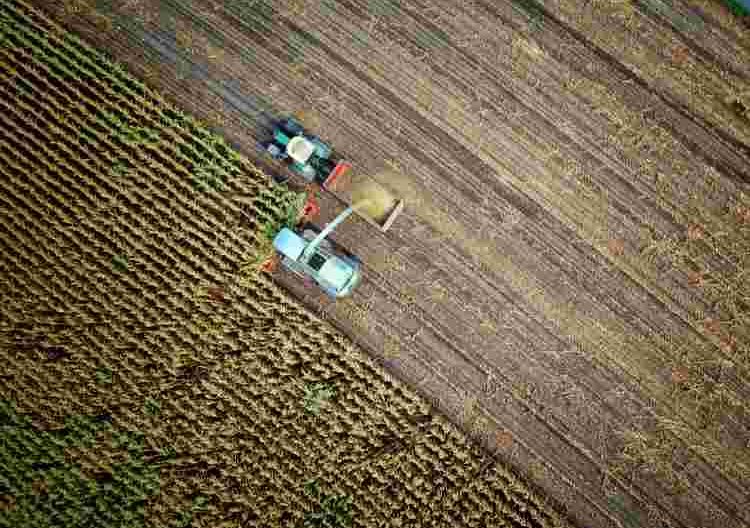
New Delhi is one of the most polluted cities in the world. Every year, during the winter months, the city’s air quality plummets to hazardous levels because of stubble burning by farmers in Punjab and Haryana. Despite numerous warnings from the government and general awareness programmes about the dangers of stubble burning, Northern India continues to suffer from severe air pollution as farmers persist in burning their crops.
Data from the Consortium for Research on Agroecosystem Monitoring and Modelling from Space reveals that the number of stubble-burning incidents in the region has already exceeded the total count of the past two years combined during the current period. As of September 15, the Northern Region, comprising Punjab, Haryana, Uttar Pradesh, Delhi, Rajasthan, and Madhya Pradesh, has witnessed 682 cases of stubble burning, surpassing the combined 633 incidents recorded in 2021 and 2022 during the same period.
READ | India’s electric vehicles ambition runs into a Chinese wall
Haryana has seen the most significant increase, with a more than 1,000% surge compared with last year, rising from just nine cases to 120 cases. On a single day, Punjab reported an additional 119 incidents of stubble burning, bringing the total count to 456, significantly higher than the 275 incidents during the same period last year, according to data from the Punjab Remote Sensing Centre.
Stubble burning is a practice of setting fire to the leftover crop residue after harvesting. Farmers do this to clear their fields quickly and prepare them for the next crop. However, stubble burning releases a large number of pollutants into the air, including particulate matter, carbon monoxide, and oxides of nitrogen.
The rise in stubble burning is attributed to a delay in harvesting short-duration paddy varieties due to September rains. The delayed sowing of vegetables has forced farmers in the Majha belt (Amritsar, Tarn Taran, and Gurdaspur) of the state to resort to burning even the waste of basmati residue to prevent losses.
The stubble burning crisis
Despite discussions and debates on policy actions and interventions, state governments and policymakers have been unsuccessful in curbing the menace. Researchers now believe that unless a monetary value is assigned to straw, stubble burning will persist. Farmers must be able to derive monetary benefits from by-products that would otherwise go to waste, incentivising them to make additional efforts and investments in better residue management.
One viable use for paddy residue is as the primary raw material in biomass-based power plants. With more research and development, awareness programmes, and improved logistics connecting farmers with power plants, India can tackle two issues at once. Biomass-based power plants offer a sustainable energy solution while diverting farm waste away from stubble burning.
Efforts should also focus on densifying farm waste into briquettes, which have proven to be a substitute for coal in thermal power plants. Considering India’s high energy consumption and the need to diversify energy sources, biomass briquettes offer an attractive option. Using locally available crop waste will not only meet fuel requirements but also reduce transportation costs.
Paddy residue also has potential uses in the paper and board industries, where it can be processed into paper, packaging material, and ‘Agri fibre’ boards. Raising awareness and facilitating connections between industry and farmers are essential steps. The government must create a market for products derived from this straw to incentivise local entrepreneurs to meet the demand.
Learning from states like Chhattisgarh, which established gauthans (five-acre plots owned by each village where unused stubble is collected and turned into organic fertiliser), could provide solutions. In the absence of cost-effective alternatives, farmers resort to burning farm waste. Government subsidies can make technologies like happy seeders more accessible to farmers, reducing burning incidents. In some cases, farmers have collectively purchased seeders and shared them.
The Union government has also allocated Rs 600 crore to states for paddy straw management, with Rs 105 crore disbursed to Punjab, which records the highest stubble-burning incidents, and Rs 90 crore allocated to Haryana.
The government is fighting a losing battle every year against stubble burning. Despite warnings and awareness campaigns, farmers continue this practice, contributing to the already severe pollution problem in Northern India. The time has come for taking decisive steps for cleaner air and a healthier environment.
